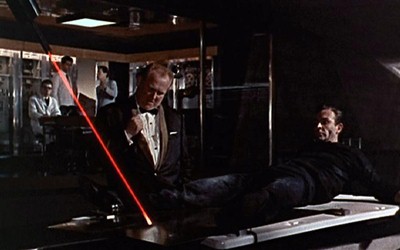- Joined
- Sep 20, 2013
- Messages
- 20,284
- Points
- 113
According to my sources, the first laser was operated by Theodore Maiman on May 16, 1960, at Hughes Research Labs.in Malibu, CA, ahead of Townes and Schawlow at Bell Labs. Schawlow and Townes published their manuscript in " Physical Review " in 1958, vol. 112, issue 6. Bell labs did apply for a patent in 1958, but independent of Bell, Gordon Gould of " Technical Research Group ", who coined the term LASER in 1959, also applied for a patent and lost initially to Bell Labs. TRG sued and for 28 years the case went on with Gould winning a minor patent right in 1977, then in 1987 won the patent for optically pumped lasers and gas discharge lasers. Later, in 1960, Ali Javan, Bill Bennett, and Don Herriott built the first infrared HeNe laser which ran CW. First semiconductor laser was built in USSR by Nickolas Holonyak in 1962, but had to be cooled with liquid N2, but was visible light. In 1970, Zhores Alferov of USSR developed first room temperature semiconductor laser, but shared this distinction with Izou Hayashi and Morton Panish of Bell labs, who independently developed the same laser which was a CW visible light laser diode using a heterojunction structure.




